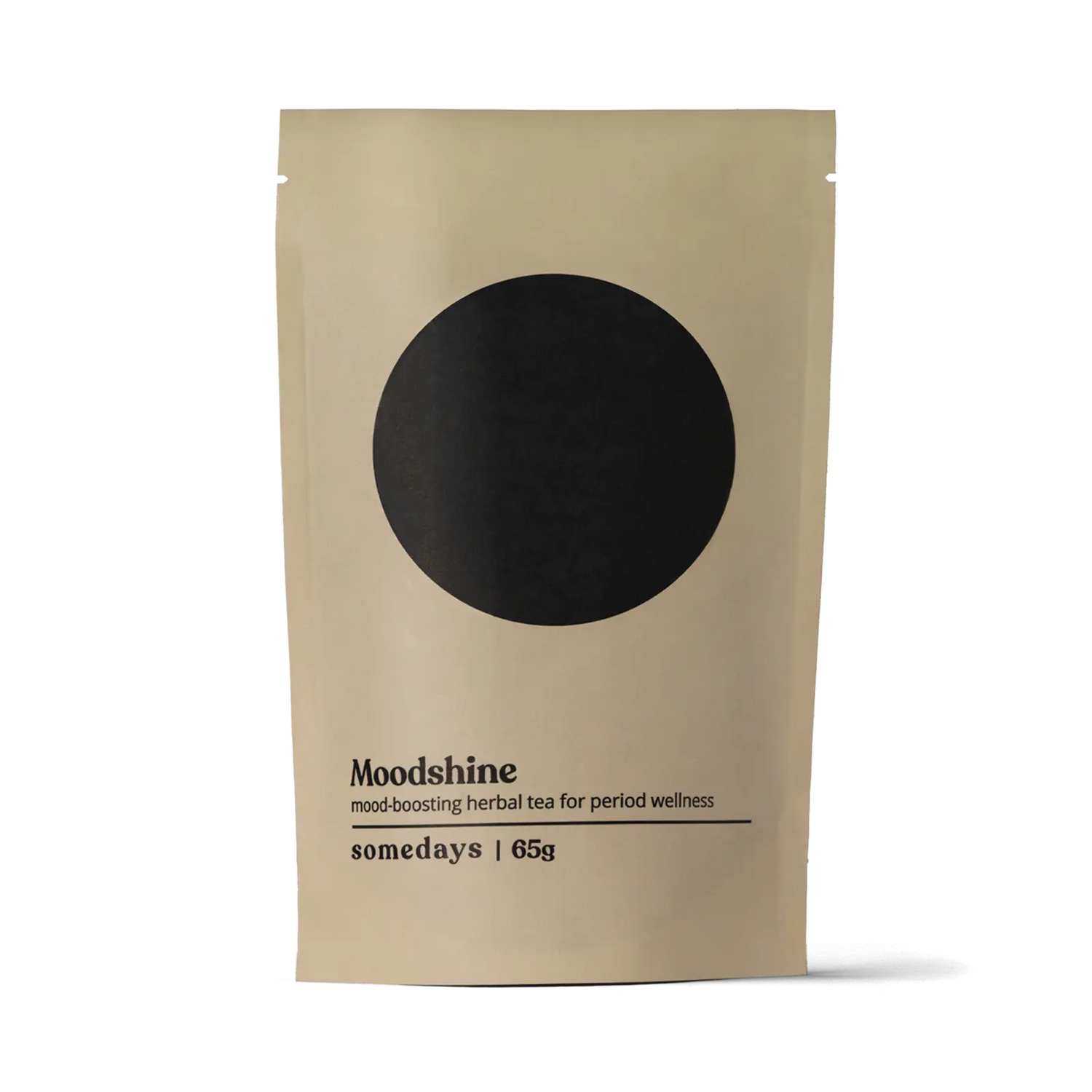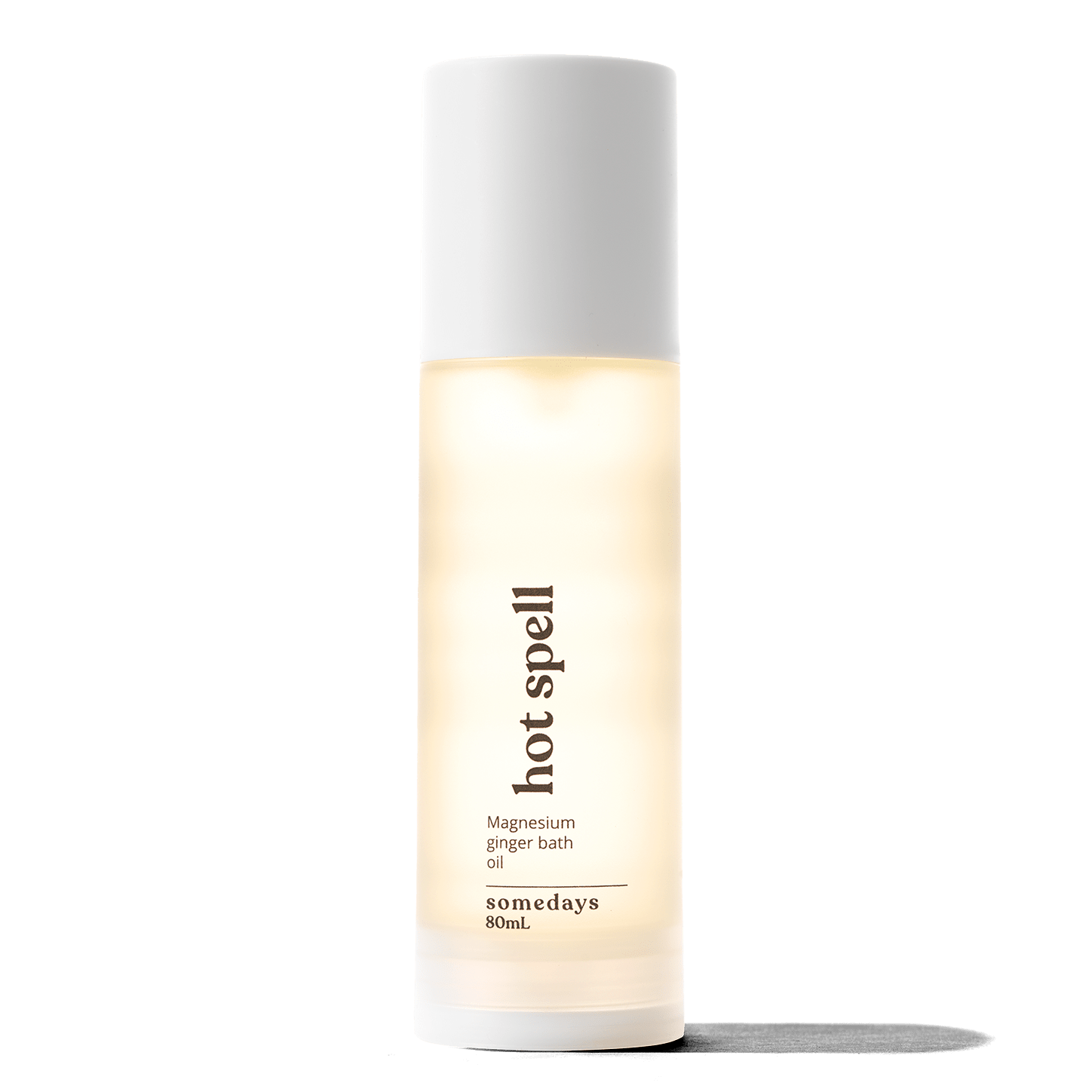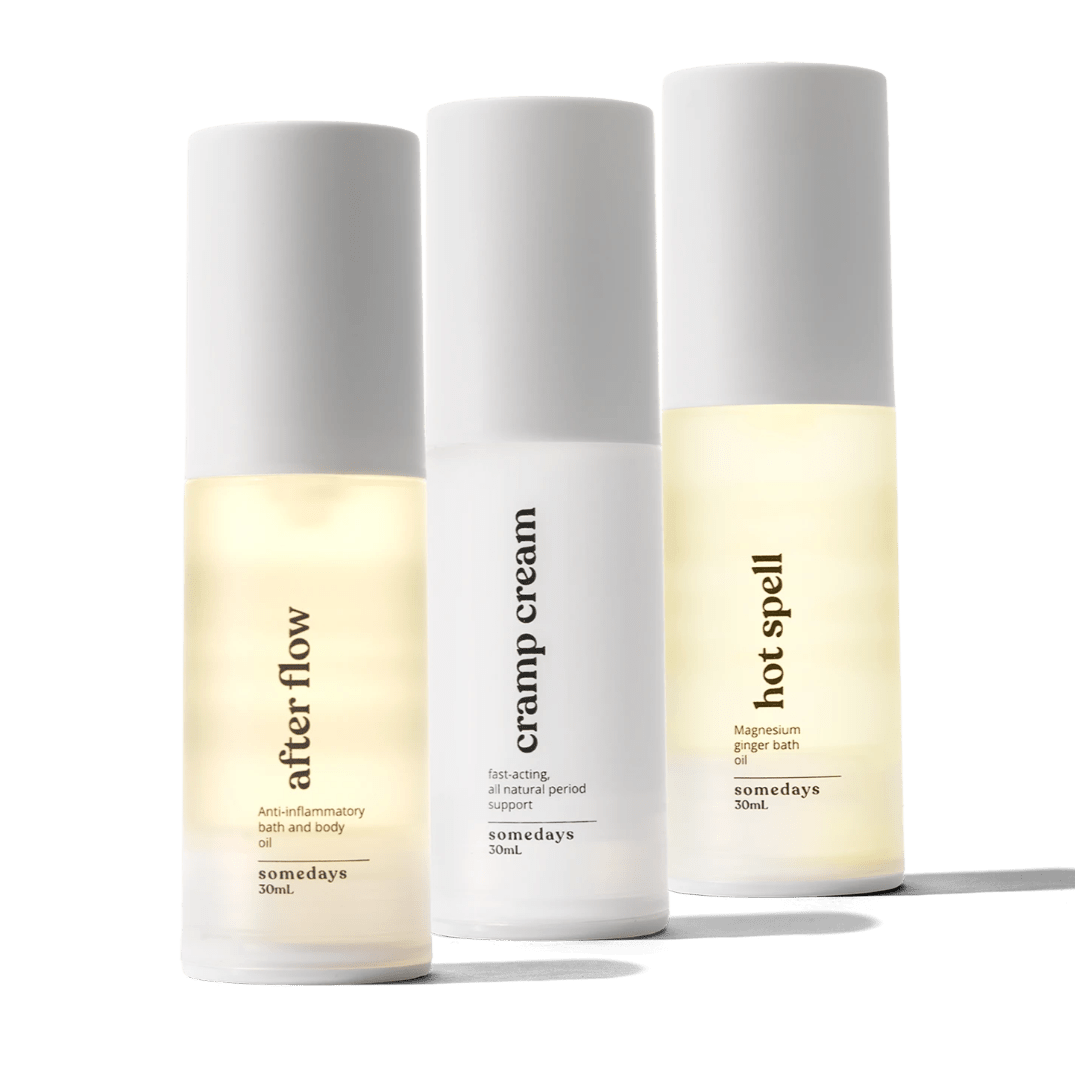How to Manage Pain and Heal Trauma: A Guide for Relief and Wellness

This blog post is the follow-up to "Understanding the Connection Between Trauma and Chronic Pain." In that piece, I shared the many ways in which trauma, chronic pain and other chronic illnesses are linked. Now, I’d like to dive into some strategies for managing pain and healing trauma, so that we can bring more relief and wellness into our day-to-day lives.
One pathway to recovery
When chronic pain entered my life, something inside of me knew that I needed a new therapist, someone who understood the connection between trauma and the body. It was at this time that I began to see a somatic practitioner.
What is somatics? The word somatics comes from the Greek root “soma” which means “the living organism in its wholeness.” With a somatic approach to trauma, we recognize that the mind/body divide is a fiction. We have “bodyminds,” to borrow Margaret Price's phrase. Talk therapy isn’t enough. We must turn towards our bodies because trauma has shaped us quite literally.
Trauma specialists working in somatics have all noted that addressing complex trauma has resulted in the lessening of chronic pain and autoimmune conditions. In my personal experience, this has been true. When I began seeing a somatic therapist in 2017, my pain levels ranged from 8-10 on a bad day. Within six months of somatic therapy, my pain was down to a 5-7, and after a year, it was a manageable 2-4 (I use a pain scale here, knowing that it’s completely subjective. What might be a 10 for you could be a 7 for me). At the start of my inflammation, pain flares lasted weeks and months. Now, when I have a pain flare-up, I’m able to determine what caused it, and address the pain, and my flares are gone within a few days.
What changed? My therapist and I were able to determine my pain triggers. One of the biggest activators was ignoring my boundaries. Overworking myself was guaranteed to cause a pain flare. And so I learned how to limit my work to 4 hours a day (something that I’m very grateful I’ve been able to do, first as a graduate student, and then as my own boss).
But here’s the even bigger revelation. Over the first six months of working with my therapist, I became familiar with the ways in which my chronic pain was linked to repressed anger. This was my submitted response at play. You might have heard of flight, flight, freeze, and fawn – but submit? This name comes from the structural dissociation model and was taken up by trauma specialist Janina Fisher – whose work has greatly informed my therapist’s understanding of parts work (or what many know as internal family systems). I’m not going to go into the nitty gritty of this model, but I’d like to offer a Cliffs Notes of the submission part. I like to imagine my submit response as looking like Sadness from the Disney-Pixar film Inside Out. Throughout the film, Sadness is constantly going prostrate: lying flat on the floor, limp like a rag doll, Sadness just gives up.
What Submit looks like: slow or no movement; emotionless or apathetic; shrugging it off; making yourself smaller; minimizing your own needs; always accommodating or appeasing others. What Submit sounds like: self-sacrifice (“Your needs matter more than mine) or shame (“My needs are too much); hopelessness (“I never get what I want anyways so it doesn’t matter”); low or defeated tone of voice (think Eeyore from Winnie the Pooh). What Submit feels like: depression, apathy, indifference; helplessness or defeat; detachment or numbness; chronic pain or illness in the body.
What I learned growing up in my family is that there really is no point in fighting because the other person – my dad or brother – won’t hear us. And so as soon as my fight response came online, my submit response took over. If our fight response is there to say, "I'm not okay with you doing X," our submit response flips the script: “You did X and I must be to blame. I must have done something to deserve it.” If we’re unable to externalize our anger, we internalize it into shame.
Compassion and curiosity
When I first became chronically ill, I had to confront the ways in which I’d been taught to see illness as a moral failing. Barely able to get from my bed to the couch, I was unable to complete the daily tasks of living. I stopped working on my dissertation, used what few spoons I had to keep up with my teaching duties, and relied on friends and loved ones to drop off food or make me dinner. Despite the fact that I grew up with a disabled parent, and understood the ways that capitalism has taught us to define our worth through our productivity, I was ashamed of my body’s inability to work – let alone make myself a meal.
Here’s the thing about shame: it keeps us stuck. Author Shirley Davis explains “When faced with shame, the brain reacts as if it were facing physical danger, and activates the sympathetic nervous system generating the flight/fight/freeze response.” And when we’re dysregulated, we shut ourselves off from curiosity, compassion, and connection — all of which are needed for healing. And, as it turns out, necessary for alleviating my pain.
In addition to growing my window of tolerance to feeling anger, I also learned that I had to meet my shame with compassion and curiosity. What if, instead of shaming myself for having a high pain day, I turned inward to ask “What is my pain trying to tell me?” What if I placed my hands over my heart, took a deep breath, and said to myself “It sucks so much that you’re experiencing this pain. What do you need right now?” This approach to my symptoms has been life-changing.
There are many different somatic modalities that have supported my healing, including parts work, EMDR, and sensorimotor therapy. You can find somatic practitioners by looking at the Somatic Experiencing Practitioner Directory and The Embody Lab Directory.
Join our Betterdays community - a weekly newsletter where we break down the latest (TLDR) news, research and breakthroughs related to your reproductive health—with a splash of humour to get you through the tough days.
Margeaux Feldman (they/them) is a multidisciplinary artist who uses creative writing, visual art, and social technologies to promote mental health and disability justice. They hold a PhD in English Literature and Sexual Diversity Studies from the University of Toronto, where their dissertation looked at the relationship between chronic illness and trauma. Originally from Toronto, Margeaux is now living in Los Angeles where they are pursuing a MFA in Creative Writing at CalArts. They also run the popular Instagram meme account @softcore_trauma. You can learn more about the work they do in the world at www.margeauxfeldman.com
Previous Article All Articles Next Article
All Articles


